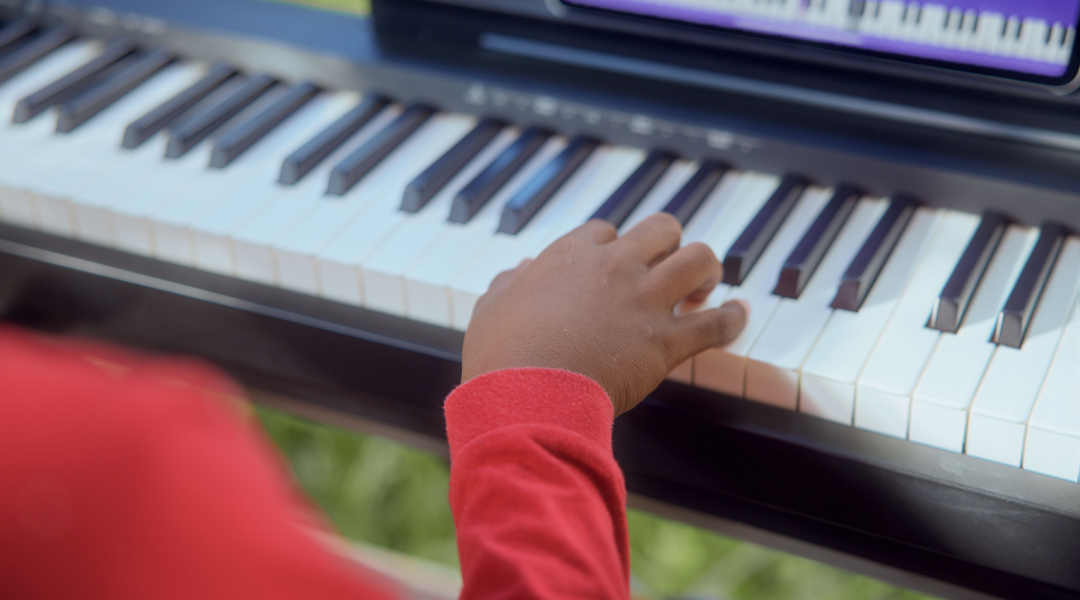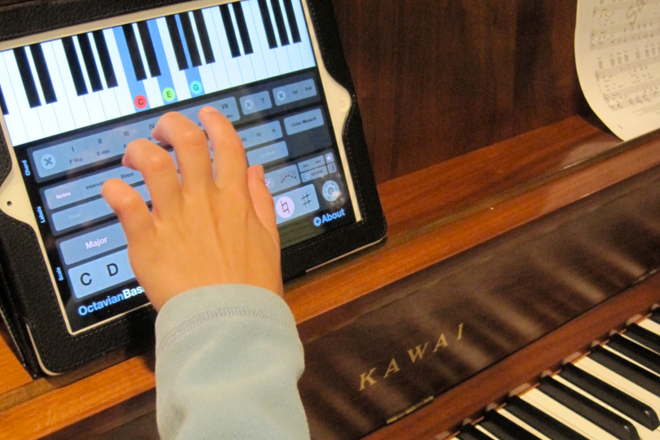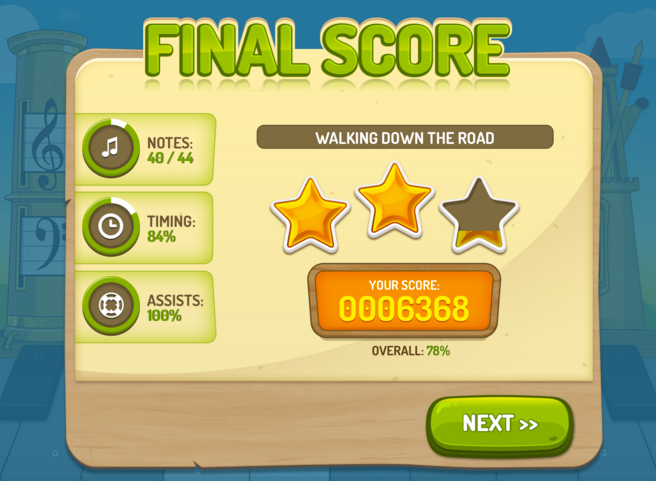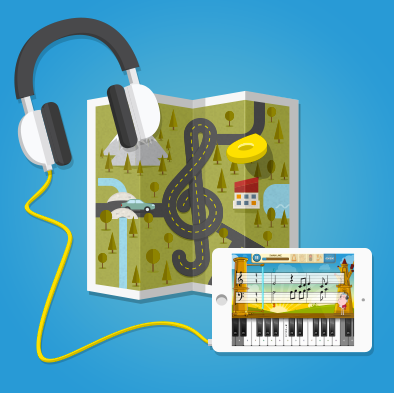5 Tips to Make Chords More Interesting

Need to add some life to your chords? Here are some tips and tricks on making chords more interesting for your listeners.
Chord progressions contribute to the overall mood and atmosphere of a song, and they also play an essential role in determining the song’s overall artistic value.
While chords have a subtle effect on the sound of your song, the devil is in the details. Even the smallest adjustments can have a dramatic impact on your song.
A clear understanding of how to form chords and how they work is integral to creating engaging chord progressions.
So let’s brush up on some basics and then see how you can take your chord progressions to the next level.
What are chords?
Chords are a set of two or more notes playing in harmony. They give a song its richness, depth, and texture.
A typical chord is known as a triad. When building a chord, start by choosing a root note. You just need to add a third and a fifth note above the root to form a chord.
Harmonies or chords are composed of the seven Diatonic notes A-B-C-D-E-F-G. These seven notes form a key and scale.
A key is a group of ordered pitches that forms a musical composition.
A scale refers to a particular note that is the foundation of your chord. For instance, When you say that something is in the key of C, you are essentially saying that the melody or song revolves around those groups of notes–you’re using notes from the C scale.
A C scale begins with the letter C, continues up the alphabet to G, starts again at A, B, and finishes at C.
C – D – E – F – G – A – B
What is a chord progression?
A chord progression refers to a succession of chords. It’s how a series of chords shift or move throughout a song.
Like a scale, chord progressions hover around a base chord of the key you’re playing in.
The base chord is known as the tonic chord because it starts on the first note of the scale. When building chords, we name all of the chords (dominant and pre-dominant) relative to the base chord.
How to make your chords more interesting.
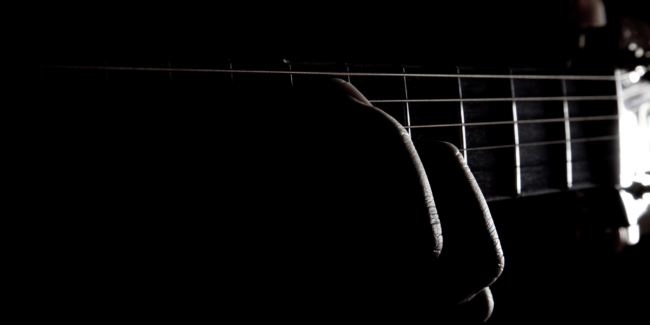
The truth is that there is no recipe to create better chords. It’s not about creating lavish or overly complex chords–many of our favorite songs only use four chords. Any adjustments you make with your chord progressions depend on what emotions or sounds you evoke. You can make a significant change by changing your chords’ rhythm or placement. With that in mind, here are a few general tips on naturally creating interesting chords.
1. Familiarize yourself with pop chords
If you’re stuck with your chord progressions, you can find inspiration from those who do it best.
It’s okay to observe and implement the methods that others use. It’s integral to improving yourself. Harness the power of observational learning and look at what your favorite bands and artists are doing.
Whatever genre you jam out to, there are existing songs that are absolute hits–no doubt their chord progressions play a role in that.
There are works of art in every genre of music, and dope chord progressions are part of the recipe.
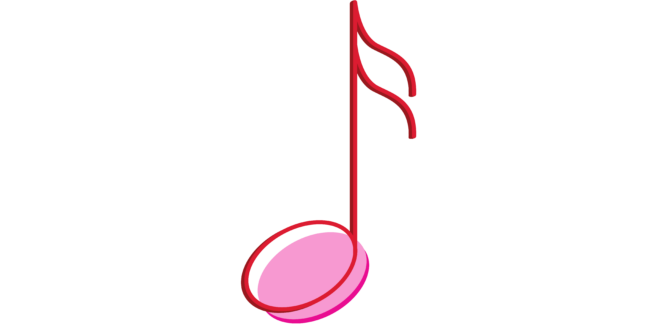
Take the time to do some research. Think of your favorite songs and study the chord progressions. What are they doing that you’re not? Does it make sense to implement similar touches or use the same techniques in your song?
2. Mix things up
When you find chord progressions that work, recycling them is easy. However, this can be a dangerous path, hurting your creativity.
People tend to look for trouble-free solutions. However, it’s through struggle and discomfort that we improve.
Ultimately, the source that generates unique, awe-inspiring, and moving chord progressions comes from your imagination–and just like any muscle, it requires constant exercise.
It’s impossible to know the outcome of a chord progression when you’re just starting to build it. Even if you have something down already, don’t be shy to mess with it–who knows what may come from it. Many game-changing inventions happen by accident.
Approach your chord creation with openness. Take the time to play with different chord variations, and most importantly, have fun.
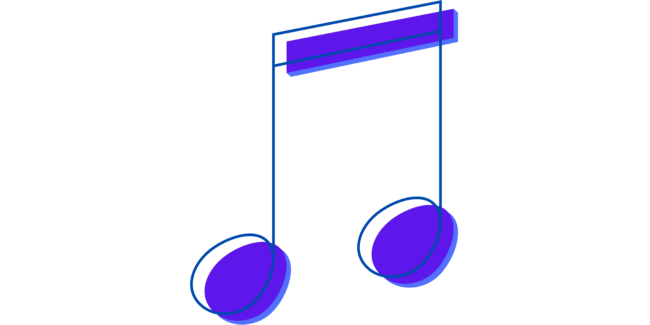
Put aside the idea of creating a good chord progression–you’ll know when it sounds right. Like any skill, the best work comes from those who are genuinely curious about what they’re doing. They take the time to explore just for the sake of exploring.
3. Use different voicings
Another route that can make your chords more interesting is switching the chord voicings you’re playing. Voicing refers to the placement of notes in a chord structure.
You can create a dramatic change by playing the same chord progression on different voicings on the guitar.
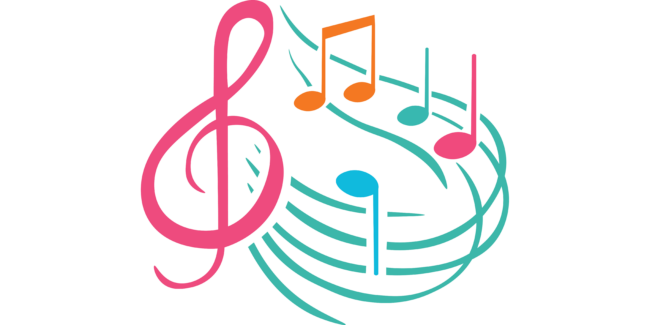
So play your chords at different points along the neck. It’ll expand your options to choose from and make your chord progressions more adaptable.
4. Change up your rhythm
Sometimes the change doesn’t need to be the chords but rather the rhythm you play them. Maybe the chord progressions sound better if you play them faster! Or perhaps slowing things down does the trick.

Changing up the rhythm of your chord progression is an easy way to create a vastly different feel.
5. Adjust your touch
Sometimes all it takes to make interesting chords is how you play chord progressions.
Music isn’t just a set of notes. Creating beautiful music–the reverberations that linger in our hearts and minds–depends on how we play those notes. Playing a chord progression with power creates a different feel than playing them with a soft touch.

The most obvious example is when listening to a singer. By changing the intensity of their voices, they dramatically change the energy of a song. While chord progressions play a subtle role, adjusting your touch can profoundly impact the song.
Any creative pursuit comes with some roadblocks and heartaches. However, taking the time to brainstorm, explore, and dig into your work when you’re stuck yields surprisingly consistent results.
A clear understanding of the fundamentals of music theory and knowing how to build chords and chord progressions goes a long way.
There’s so much that goes into learning and playing the guitar, and finding the proper resources makes a huge difference in your learning experience. Learn all of the basics and more with Simply Piano!






